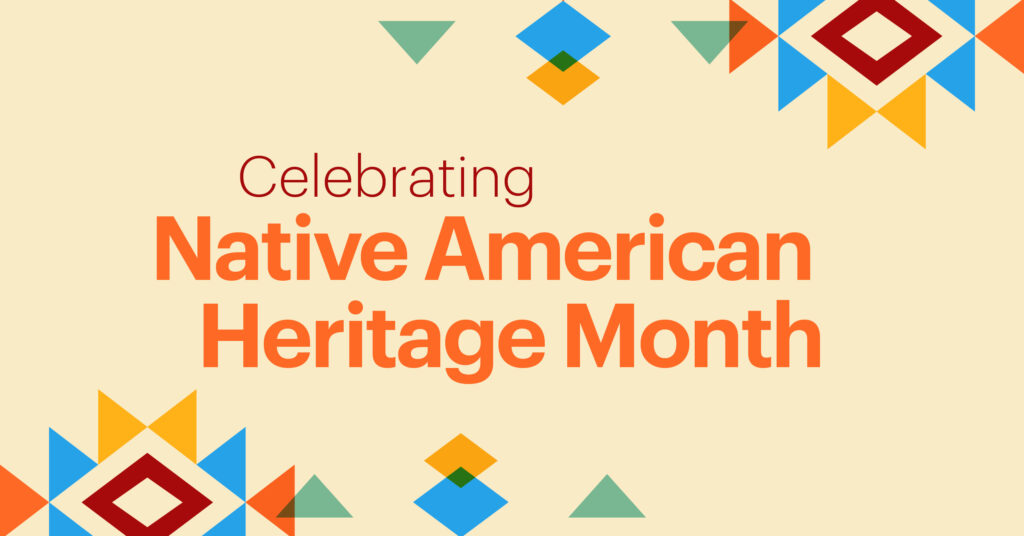
Native American Heritage Month, also known as American Indian Heritage Month, is celebrated in the United States every November. It serves as a time to recognize and honor the rich and diverse cultures, traditions and contributions of the first Americans throughout the nation’s history. The observance not only emphasizes the significance of preserving the unique customs and beliefs of Native American communities but also highlights their crucial role in shaping the cultural tapestry of the United States.

History of Native American Heritage Month
The efforts to recognize the significant contributions and sacrifices of Native Americans gained momentum during the 1910s and 1920s, with various states and organizations acknowledging the importance of their cultural legacy. It wasn’t until 1990 that President George H. W. Bush declared November National American Indian Heritage Month, a move that solidified its nationwide observance.
Native American Presence in Chicago
Before Chicago was ever founded, the Great Lakes region was home to various tribes including the Ojibwe, Odawa and Potawatomi Nations, among others. The word “Chicago” is even loosely derived from the Algonquin word “shikaakwa,” meaning “skunk” or “onion,” referring to the many wild onion plants that grow along the Chicago River.
These tribes established various trade routes and cultural exchanges that laid the groundwork for the city’s early development. However, the forced relocation of indigenous communities, particularly during the 19th century, as well as the impact of the Indian Removal Act, significantly altered the indigenous presence in the region.
American Indian Center in Chicago
The American Indian Center was founded in 1953 to meet the needs of Native American individuals and families who had been relocated to urban areas under the Indian Removal Act. The center was established as a response to the lack of support and resources available to Native Americans transitioning to city life, providing a crucial space for cultural preservation, community connection and the provision of essential social services.
Through its advocacy efforts, the American Indian Center actively works to address the socioeconomic challenges and disparities faced by Native American communities. By advocating for equitable access to healthcare, education and employment opportunities, the American Indian Center strives to empower individuals and families, promoting self-sufficiency and fostering a sense of community resilience and unity.
DID YOU KNOW?
Much like the name of the city itself, the names of several places and landmarks in Chicago are derived from or pay homage to the city’s native American heritage. These names serve as reminders of the historical presence and cultural influence of indigenous communities in the region. Examples include:
Ogden Avenue: This street is named after William B. Ogden, the first mayor of Chicago. The Ogden family were early traders and settlers in the region and maintained close relations with local Native American tribes.
Waukegan: This suburb’s name is derived from the Potawatomi word “waakii’igan” meaning “fort”.
Kinzie Street: This street is named after John Kinzie, an early American settler who married the daughter of a prominent Potawatomi chief. This street reflects the historical interactions and relationships between Native American communities and early European settlers.
Calumet River: The name “Calumet” originates in the Algonquian language and refers to a peace pipe used in ceremonial gatherings. The Calumet River has been a significant geographical feature in the region, serving as a hub for trade and transportation.
Marquette Park: Named in honor of the French missionary and explorer Jacques Marquette, this park symbolizes the historical exploration and interaction between early European settlers and Native American communities in the region.


